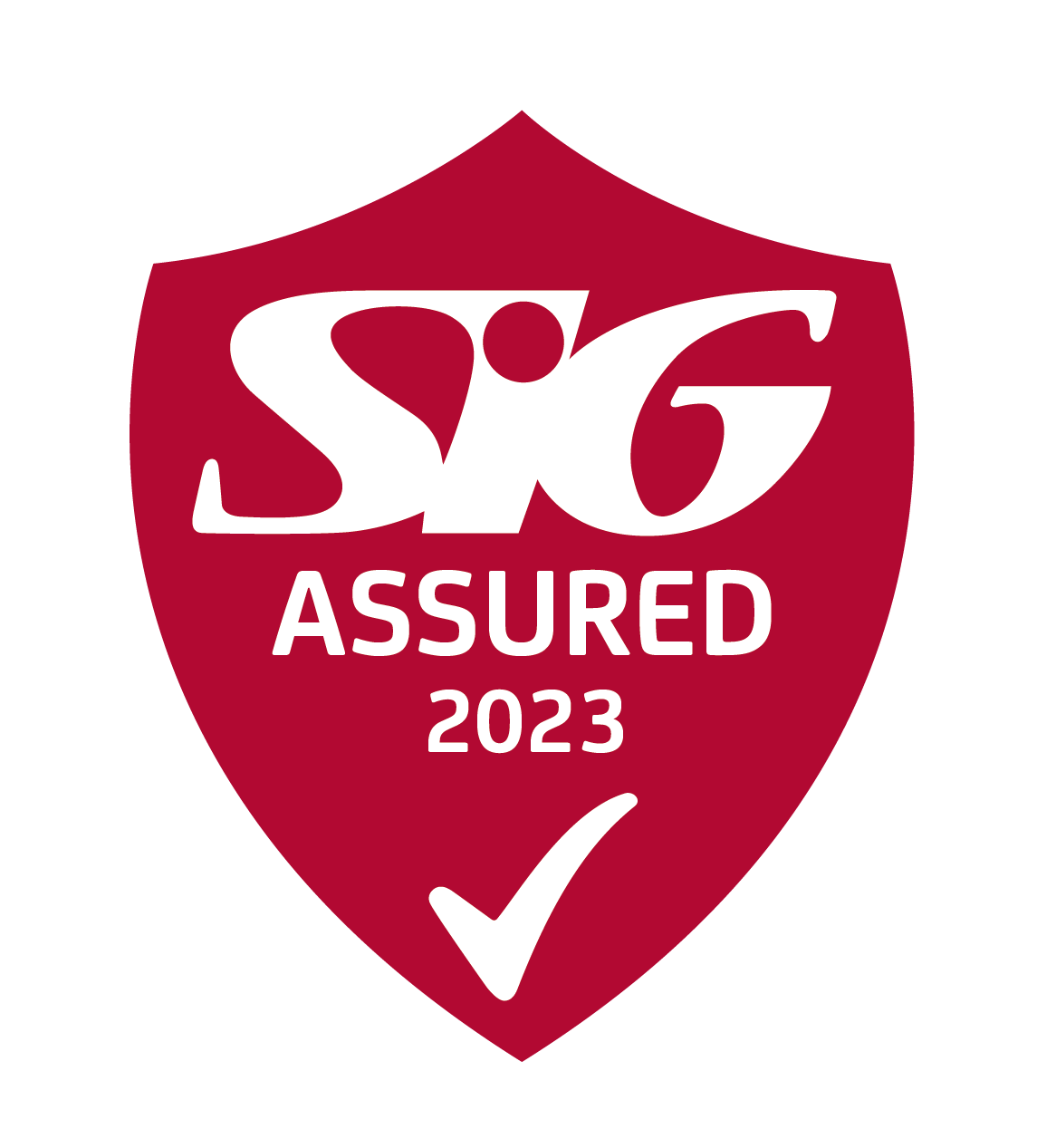Restriction of Hazardous Substances (RoHS)
In Great Britain and in Northern Ireland the many types of electrical and electronic equipment (EEE) are regulated to control the levels of certain hazardous substances and chemicals they contain, with the aim of protecting human health and the environment.
All products in scope must:
- have supporting technical documentation (often referred to as a technical file) to demonstrate compliance.
- have a Declaration of Conformity.
- be labelled with the required information.
- display the appropriate conformity marking for the market.
Manufacturers, importers, and distributors, which include retailers, (known as economic operators) are responsible for the compliance of EEE that they make available on the market.
Manufacturers must evaluate their production controls to ensure that their products do not exceed the maximum prescribed levels of hazardous substances listed in the appendix.
For certain specific technical applications, an exemption may allow these hazardous substances to be used above their proscribed values. Great Britain operates its own exemptions system, independent of the EU exemptions system.
If a distributor modifies EEE in a way that might affect the compliance of that product, it must comply with all manufacturer’s obligations.
Useful Links

